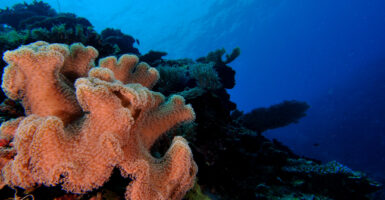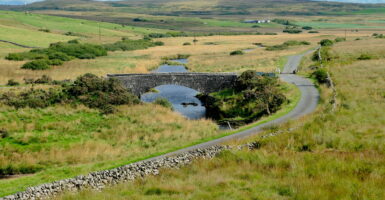20 Stunning Underwater Landforms That Seem Out of This World
Beneath the ocean’s surface lies a hidden landscape of stunning underwater landforms, as diverse and dramatic as any on land. These submarine formations challenge our understanding of geological processes and reveal Earth’s dynamic nature.
From mysterious sinkholes to underwater rivers, these features demonstrate the ocean’s capacity to create otherworldly environments.
Great Blue Hole (Belize)

This perfectly circular marine sinkhole plunges 410 feet into darkness. Ancient cave systems were formed during past ice ages when sea levels were lower.
Marine researchers discovered stalactites containing climate records spanning 153,000 years. Limestone walls preserve evidence of Earth’s past sea-level changes.
Mariana Trench (Pacific Ocean)
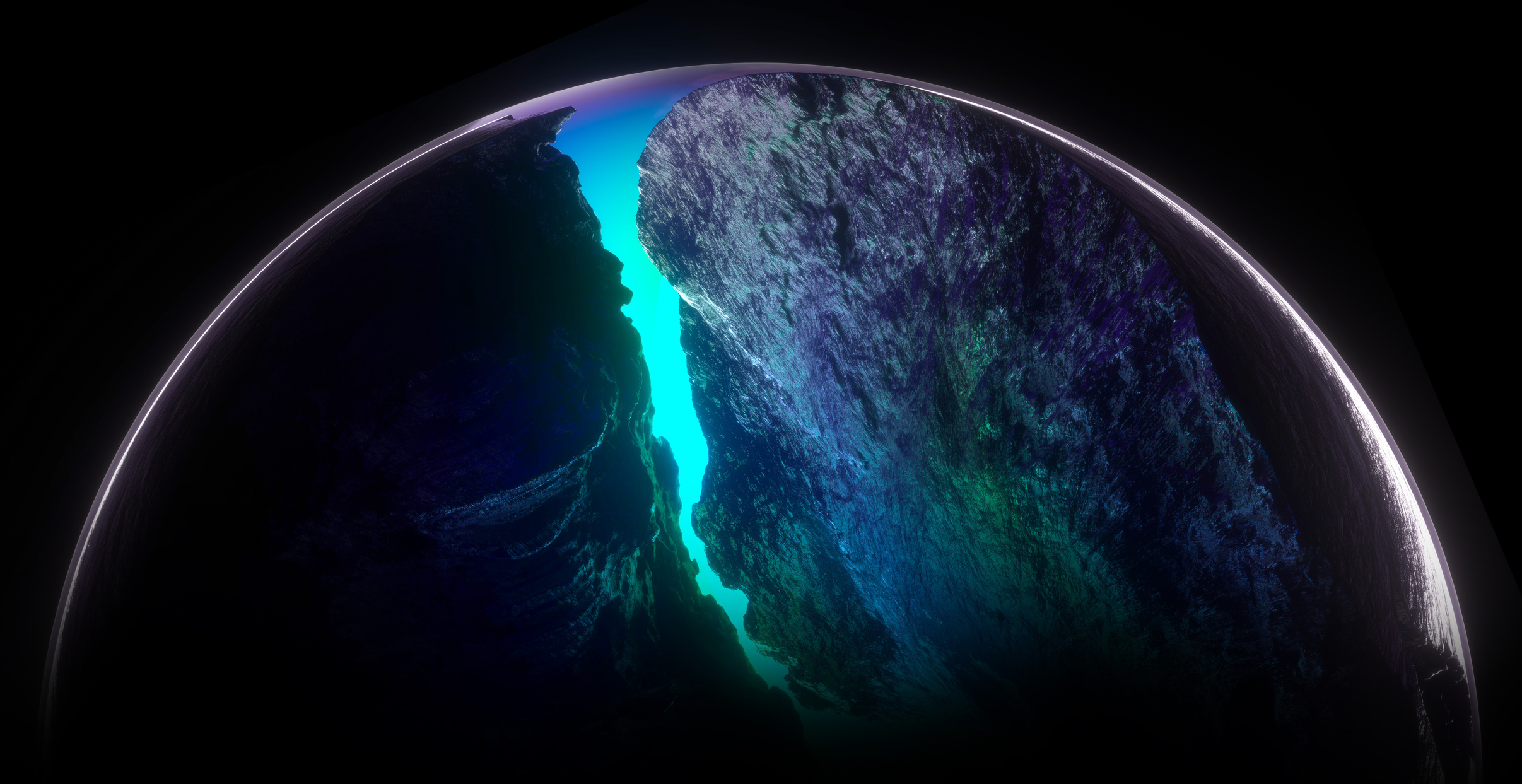
Earth’s deepest point features underwater mountains taller than Everest in reverse. Extreme pressure creates unique geological formations and mineral deposits.
Scientists recently discovered bacterial life thriving at crushing depths. The trench continues to grow deeper as tectonic plates interact.
Like Go2Tutors’s content? Follow us on MSN.
Hydrothermal Vent Fields (Mid-Atlantic Ridge)

Towering chimneys spew superheated water rich in minerals, creating “black smoker” formations. Unique ecosystems thrive in these toxic, scalding environments.
Mineral deposits form massive underwater structures reaching heights of 60 meters. These vents support life through chemosynthesis rather than photosynthesis.
Dean’s Blue Hole (Bahamas)
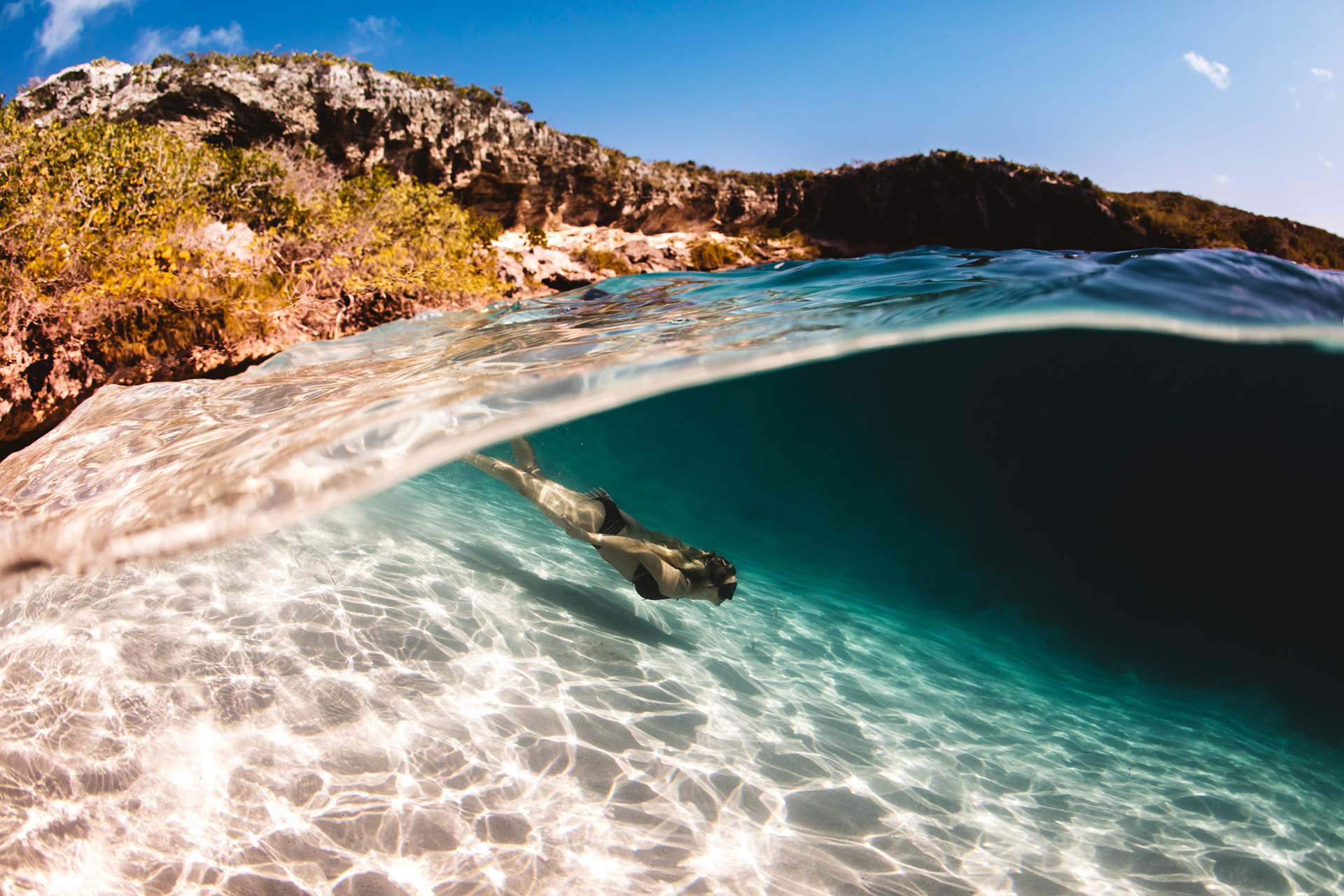
The world’s second-deepest marine sinkhole transitions from crystal-clear shallows to abyssal depths. Unique geological formations create perfect acoustics underwater.
Marine life behaves differently within the hole’s confines. Researchers study its unusual water chemistry patterns.
Molinere Underwater Sculpture Park (Grenada)
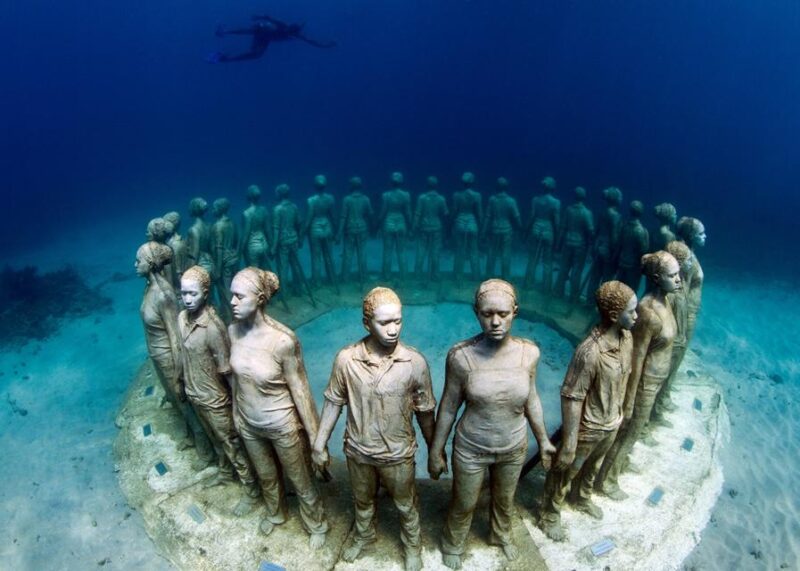
Natural processes transform artificial structures into living reef formations. Marine life colonizes sculptures in predictable patterns, creating evolving artworks.
Coral species show preferences for specific surfaces and orientations. The site demonstrates rapid ecosystem development.
Like Go2Tutors’s content? Follow us on MSN.
Yonaguni Monument (Japan)

These controversial formations feature perfectly straight edges and right angles underwater. Geological processes created structures resembling ancient architecture.
Marine life establishes distinct zones around different features. Scientists debate natural versus artificial origins.
Mauritanian Reef (Mauritania)
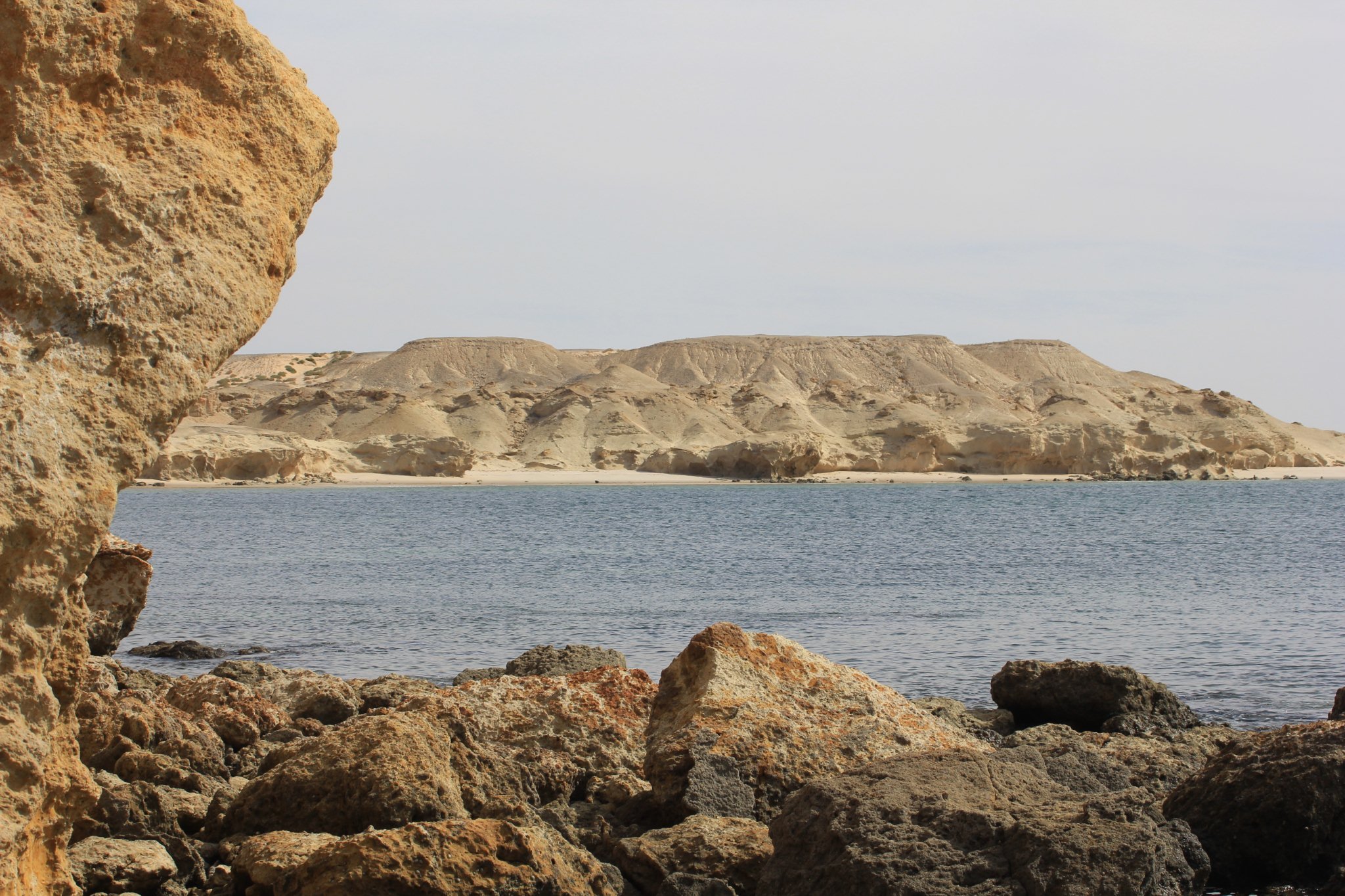
The world’s largest continuous deep-water reef system spans 190 miles underwater. Cold-water corals create structures rivaling tropical reefs in complexity.
Unique species of assemblages exist at different depths. The reef influences deep ocean currents.
Lost City Hydrothermal Field (Atlantic Ocean)
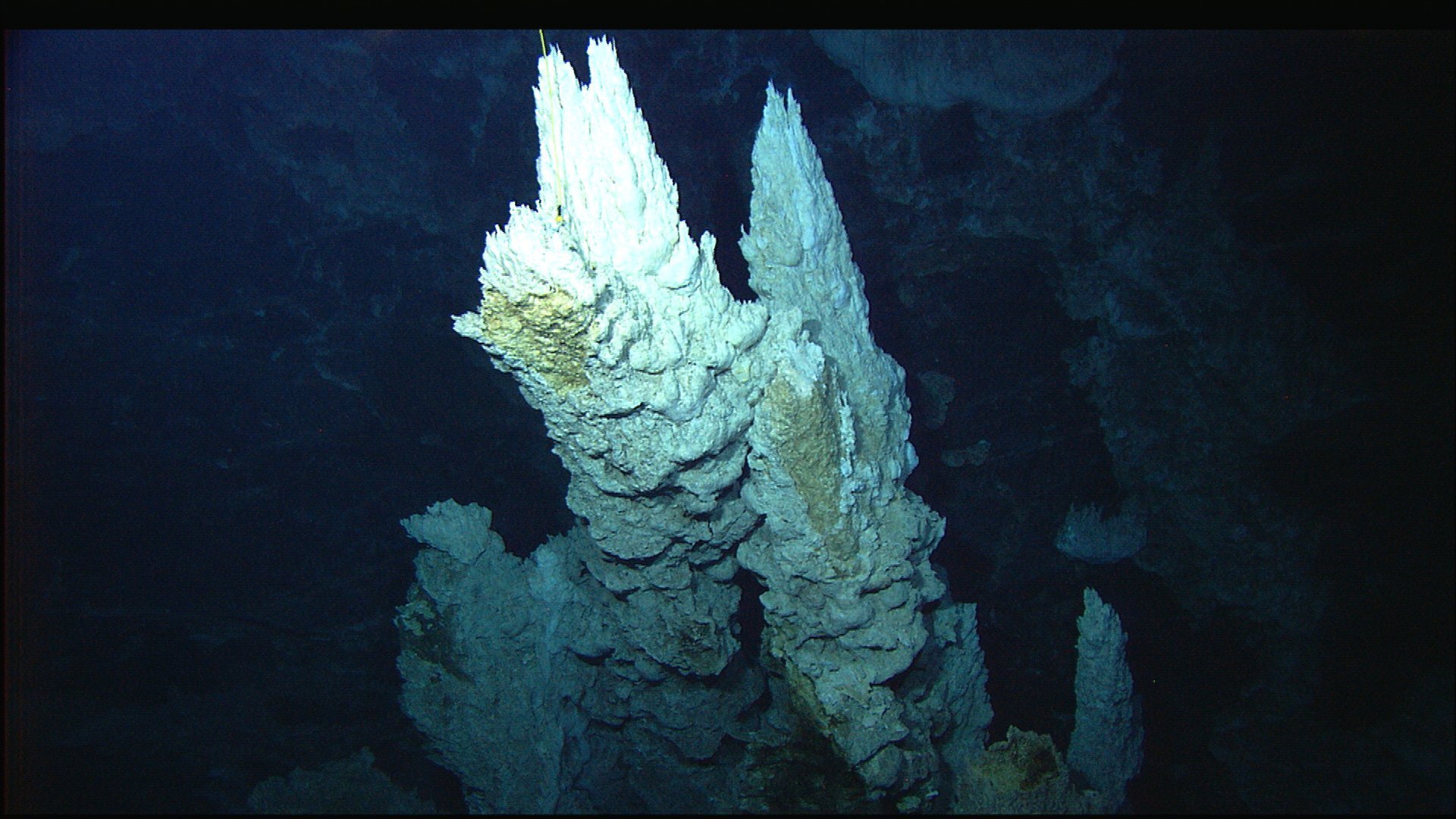
Limestone towers rise 180 feet from the seafloor, created by chemical reactions. Ghostly white formations contrast with typical black smokers.
Microscopic life forms create distinctive patterns in the structures. The site helps scientists understand early Earth conditions.
Like Go2Tutors’s content? Follow us on MSN.
Cenote Angelita (Mexico)
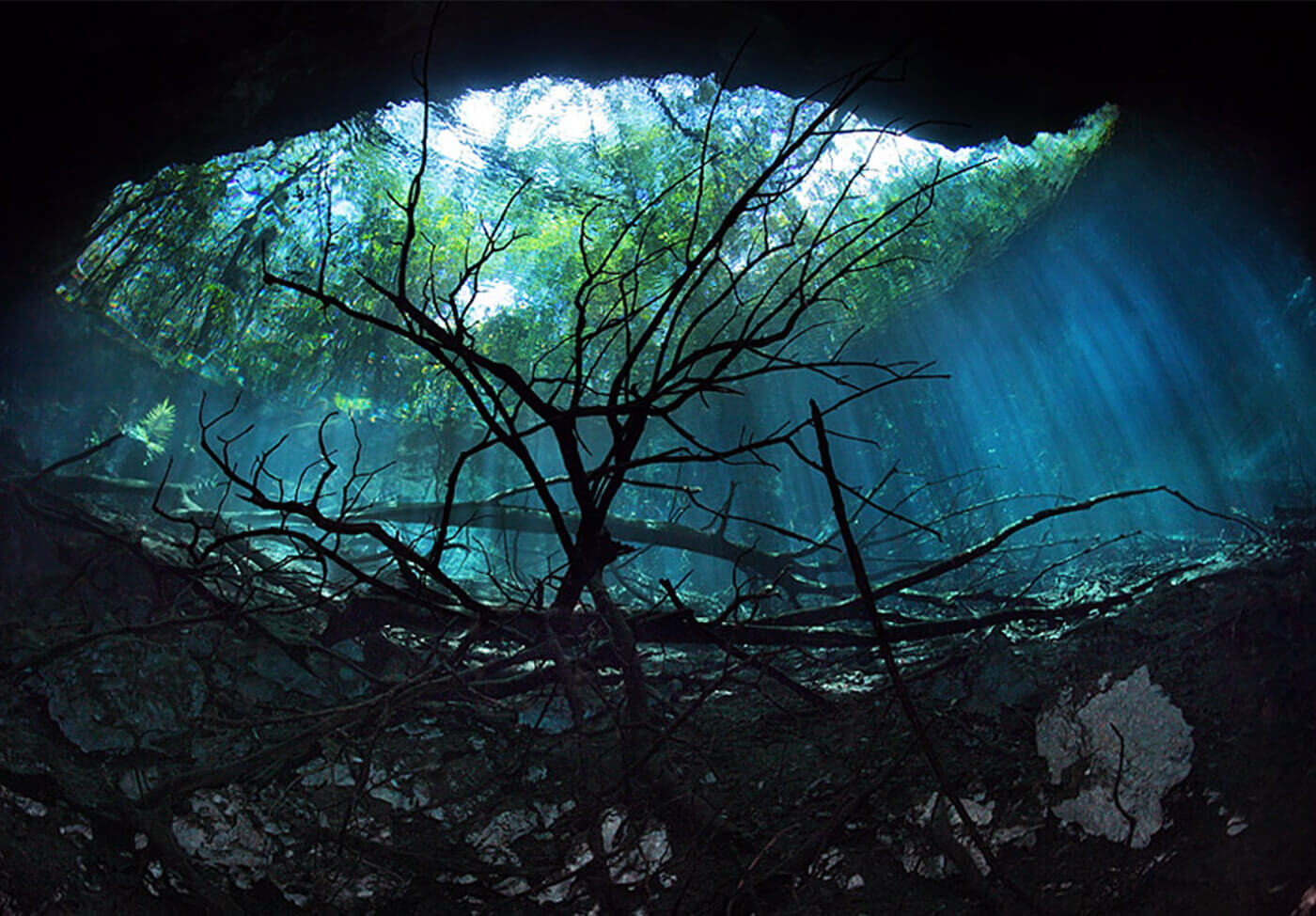
An underwater river of hydrogen sulfide creates a distinct layer in this flooded cave. Different ecosystems exist above and below the chemical barrier.
Trees preserved by unique water chemistry create surreal underwater forests. The cenote provides insights into ancient Maya rituals.
Brine Lakes (Gulf of Mexico)

Super-salty underwater lakes feature distinct shorelines on the seafloor. Marine life adapts to extreme chemical gradients around these formations.
Unique mineral deposits form around lake edges. These features influence deep-water circulation patterns.
Glass Sponge Reefs (Canada)
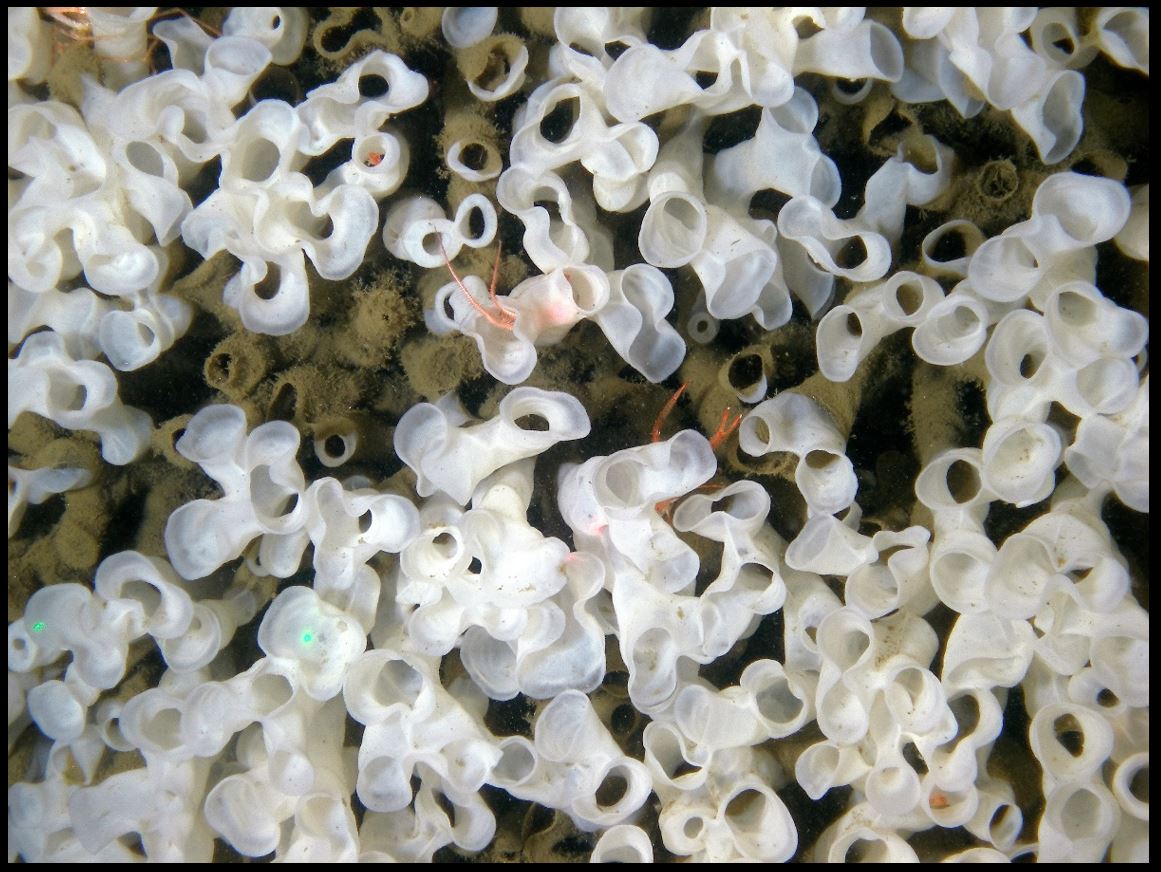
Ancient reefs thought extinct were rediscovered, growing in deep waters. Silica structures create complex habitats for marine life.
These living fossils survive from prehistoric times. The reefs influence local water circulation patterns.
Like Go2Tutors’s content? Follow us on MSN.
Submarine Volcanoes (Tonga)
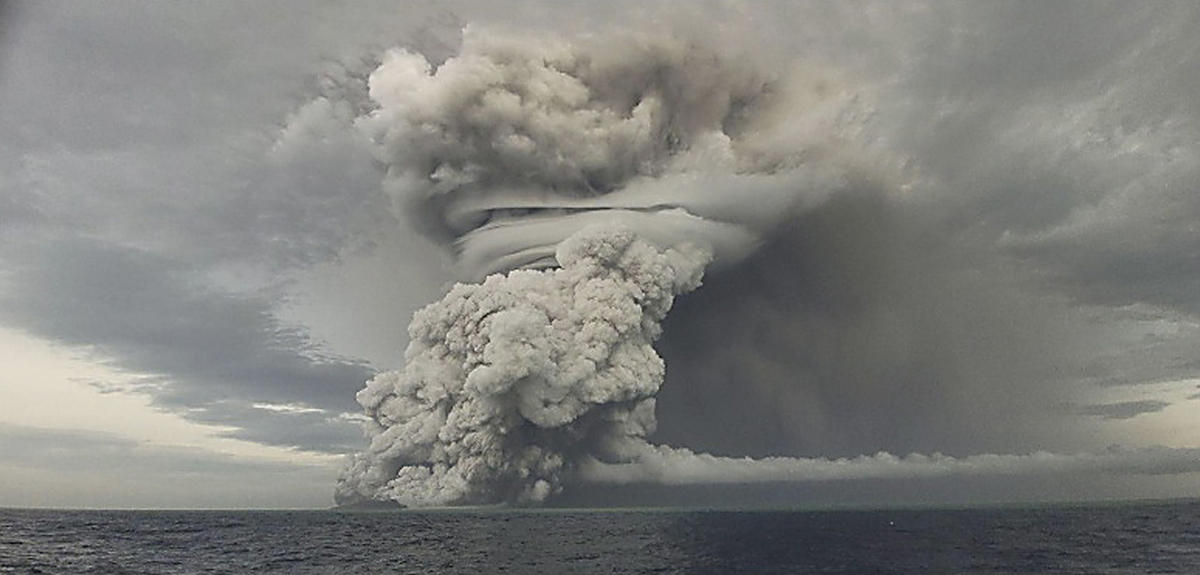
Underwater eruptions create new geological formations before scientists’ eyes. Unique mineral deposits form through rapid cooling processes.
Marine life colonizes new surfaces within weeks. These sites demonstrate active geological processes.
Dragon’s Eye Stone Mine (Romania)
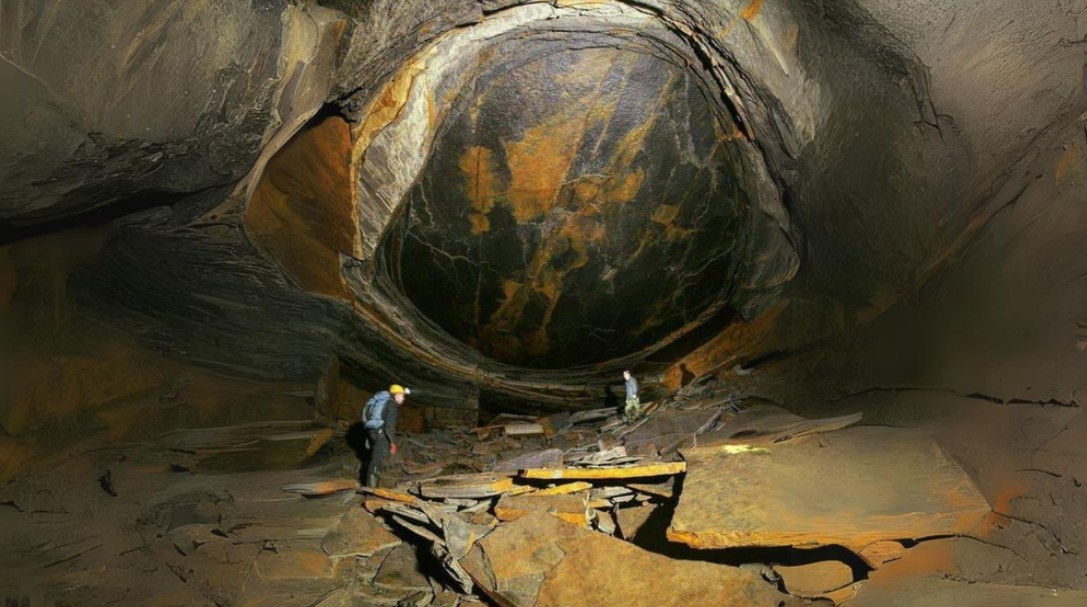
Flooded mineral mines created otherworldly underwater landscapes. Crystal formations continue growing in submerged conditions.
Unique bacterial communities thrive in mineral-rich waters. The site provides insights into mineral formation processes.
Antarctic Ice Caves (Ross Island)

Underwater caves in Antarctic ice create ethereal blue environments. Unique chemical and physical processes shape these spaces.
Marine life adapts to near-freezing conditions. These formations help track climate change impacts.
Like Go2Tutors’s content? Follow us on MSN.
Whale Fall Ecosystems (Pacific Ocean)
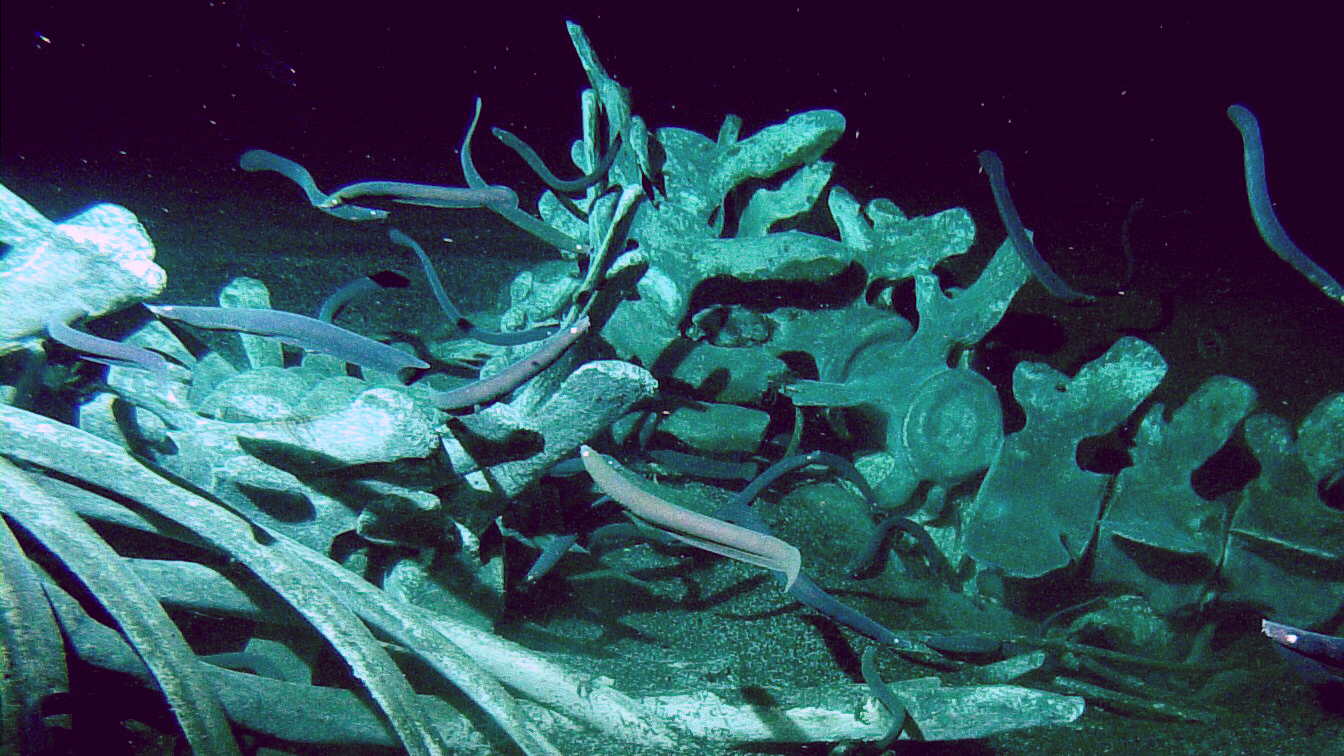
Sunken whale carcasses create long-term deep-sea oases. Distinct ecological succession occurs over decades.
Unique species exist only in these environments. These sites demonstrate deep-sea nutrient cycling.
Methane Seeps (Blake Ridge)
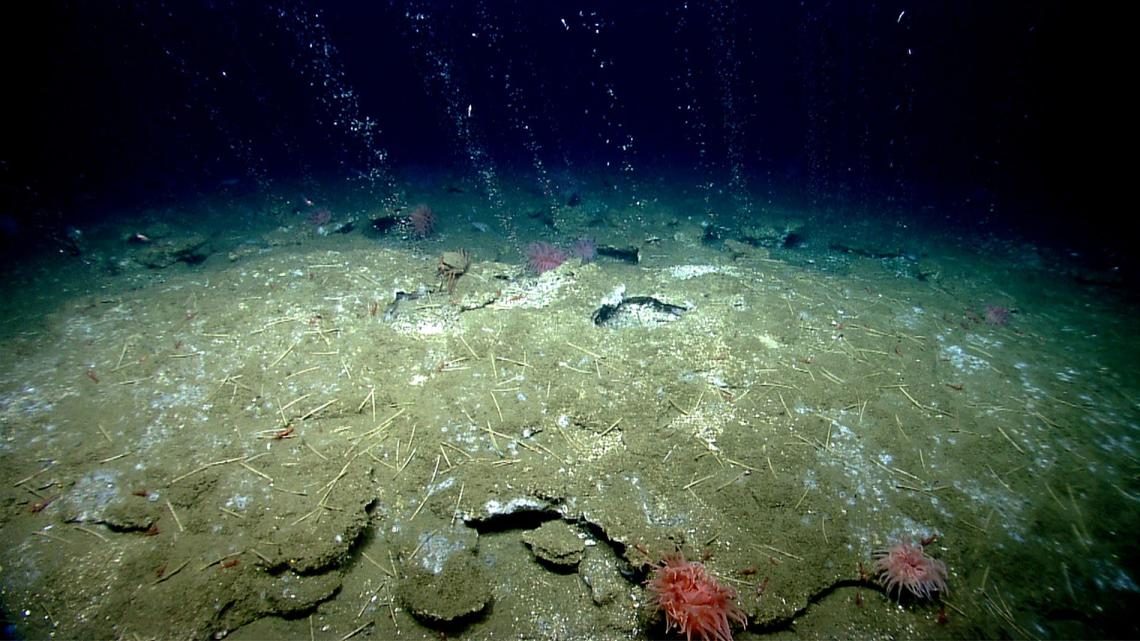
Natural gas emissions create bubble streams and mineral formations. Specialized organisms thrive on methane-based food chains.
Distinctive geological structures form around seep sites. These features influence ocean chemistry.
Submarine Canyons (Mediterranean Sea)
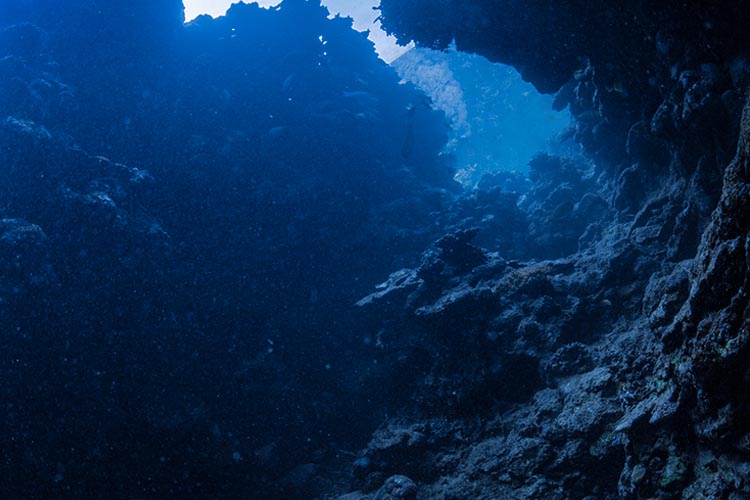
Underwater valleys rival the Grand Canyon in scale and complexity. Complex current patterns shape geological formations.
Unique ecosystems exist in different depth zones. These features influence ocean circulation patterns.
Like Go2Tutors’s content? Follow us on MSN.
Thunder Bay Sinkholes (Lake Huron)
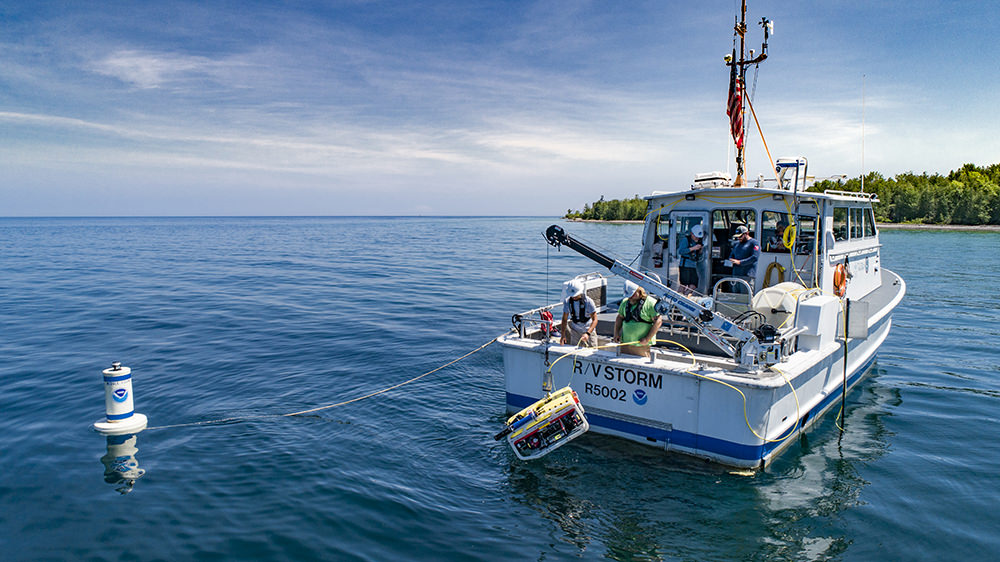
Groundwater seeps create unusual chemical and biological conditions. Purple mats of ancient bacteria thrive in these environments.
Distinct ecological zones form around chemical gradients. These sites preserve primitive life forms.
Submarine Sand Falls (Bahamas)
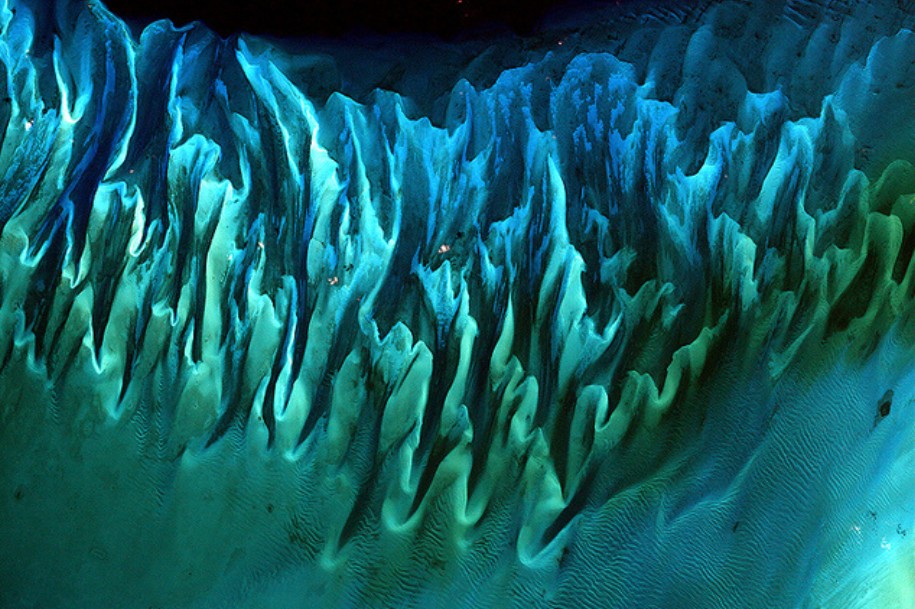
Underwater sand cascades rival waterfalls in scale and beauty. Unique geological processes maintain these dynamic features.
Marine life adapts to constantly moving substrates. These formations reshape underwater landscapes continuously.
Light’s Reach (Tongue of the Ocean)
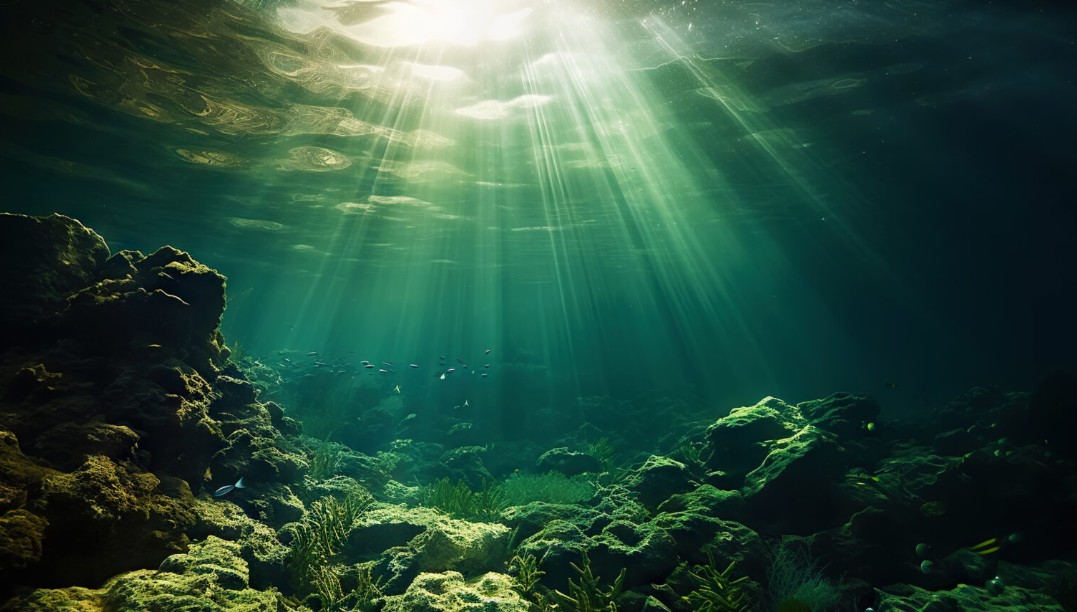
Deep ocean trenches create unique light refraction patterns. Bioluminescent organisms create living light shows.
Distinct zones of species form based on light penetration. These features influence marine behavior patterns.
Like Go2Tutors’s content? Follow us on MSN.
Ocean’s Hidden Wonders
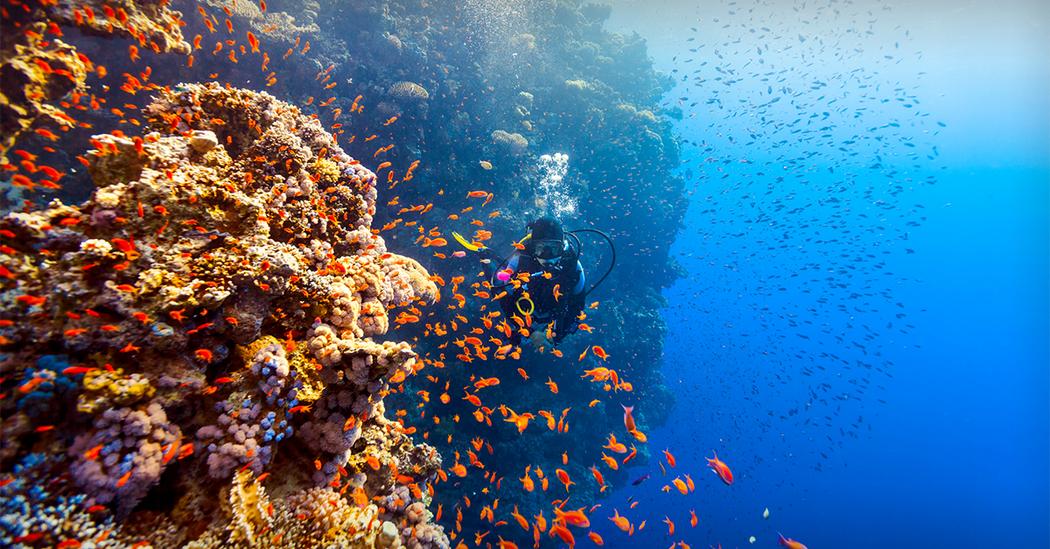
These underwater landforms remind us how much remains undiscovered in Earth’s oceans. Each feature provides insights into geological and biological processes.
New technologies reveal previously hidden details. Future exploration will likely uncover even more remarkable formations beneath the waves.
More from Go2Tutors!

- Famous Battles: How Much Do You Really Know About U.S. History?
- Top 5 Most Important Skills, According To Harvard Business School
- How Well Do You Know 90s Pop Culture? Take the Quiz
- Master the Art of Public Speaking with These Expert Tips
- Think You Know Capitals? Put Your Knowledge to the Test
Like Go2Tutors’s content? Follow us on MSN.
